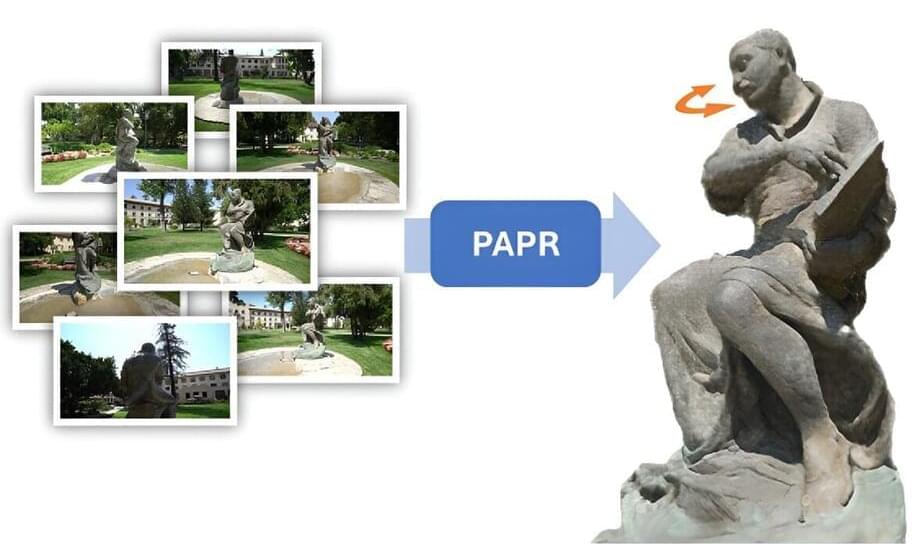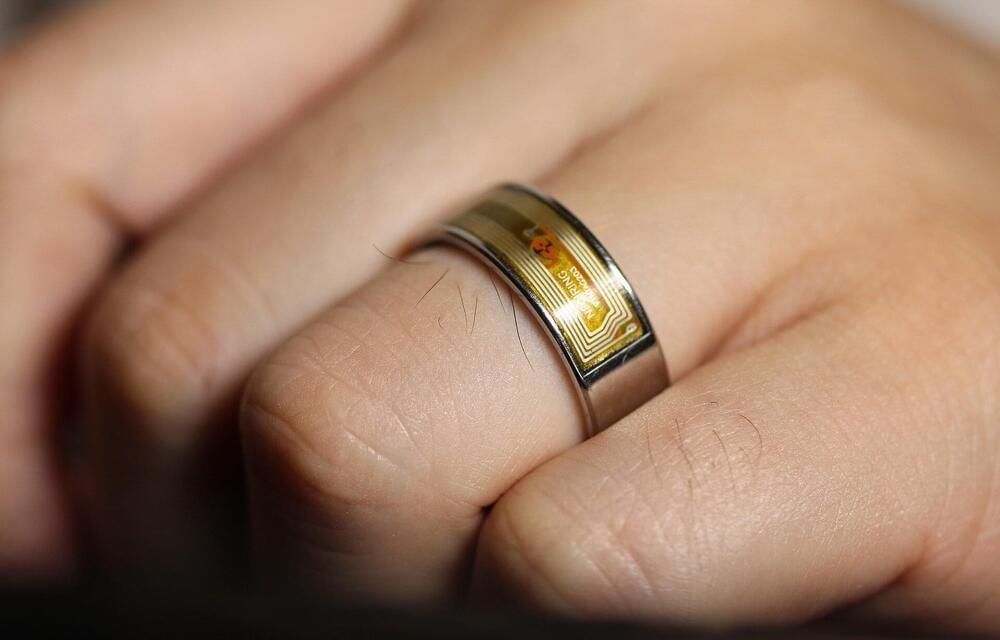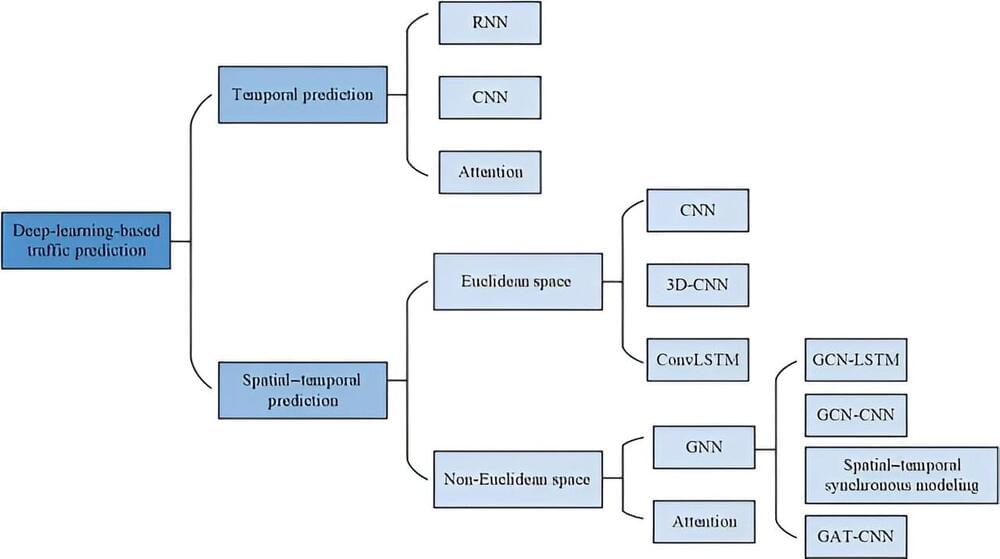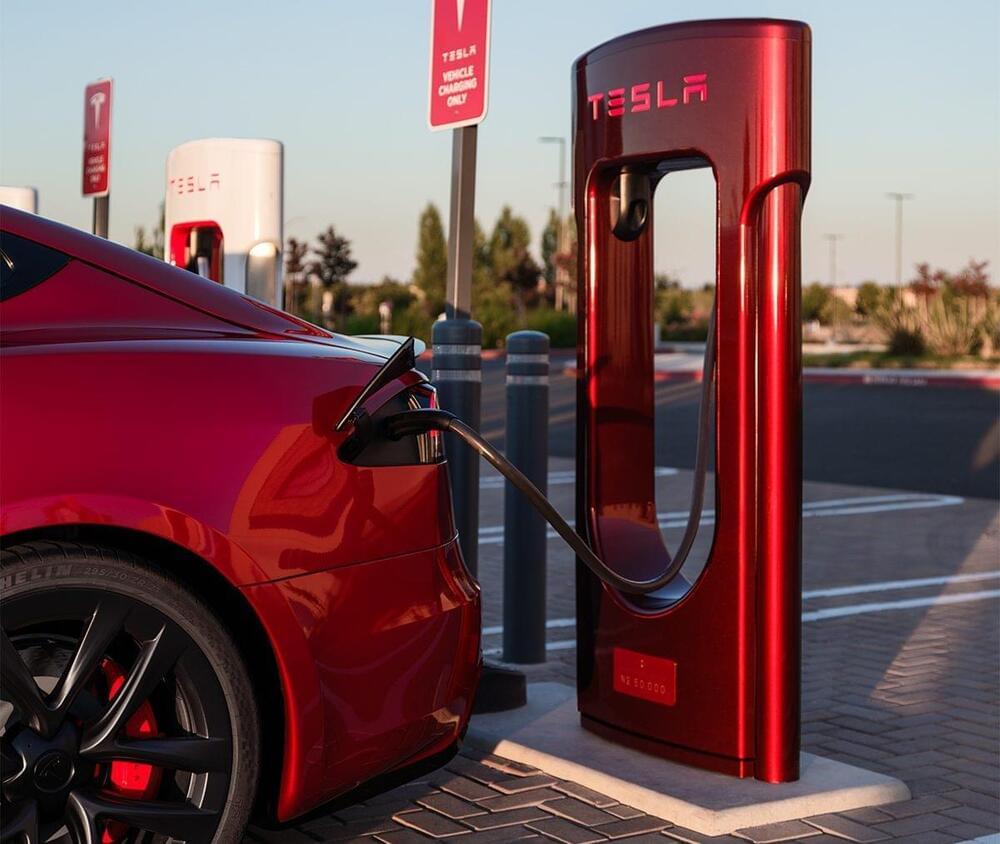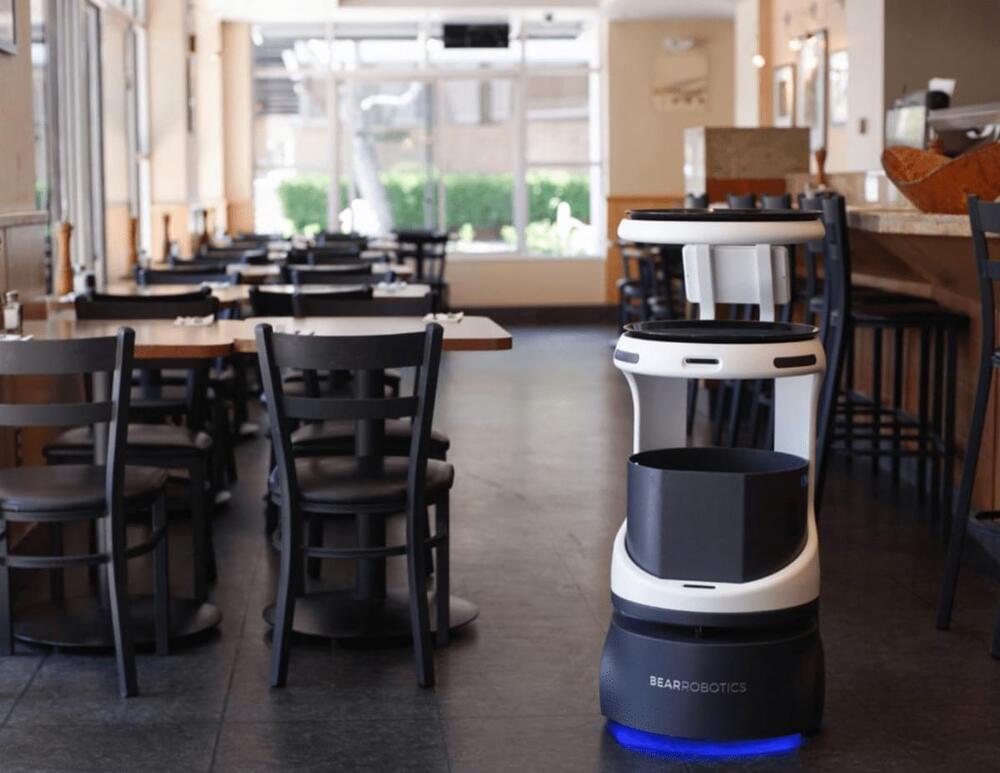Imagine performing a sweep around an object with your smartphone and getting a realistic, fully editable 3D model that you can view from any angle. This is fast becoming reality, thanks to advances in AI.
Researchers at Simon Fraser University (SFU) in Canada have unveiled new AI technology for doing exactly this. Soon, rather than merely taking 2D photos, everyday consumers will be able to take 3D captures of real-life objects and edit their shapes and appearance as they wish, just as easily as they would with regular 2D photos today.
In a new paper appearing on the arXiv preprint server and presented at the 2023 Conference on Neural Information Processing Systems (NeurIPS) in New Orleans, Louisiana, researchers demonstrated a new technique called Proximity Attention Point Rendering (PAPR) that can turn a set of 2D photos of an object into a cloud of 3D points that represents the object’s shape and appearance.
